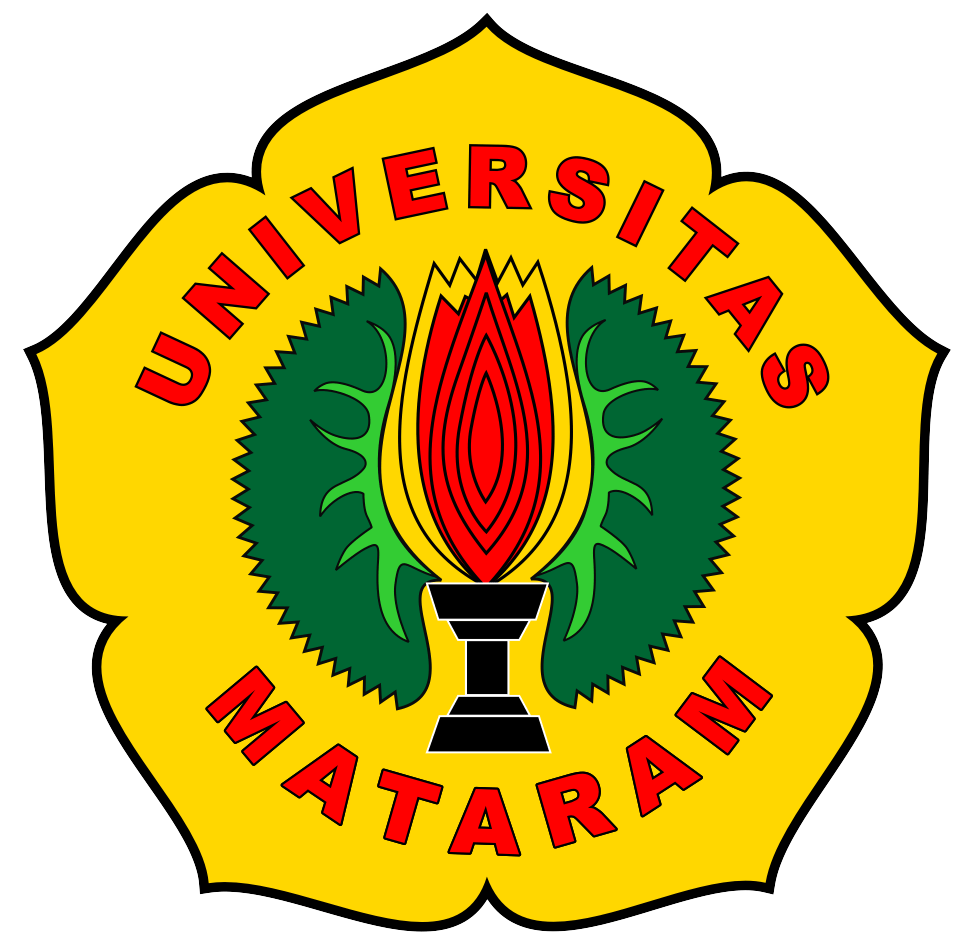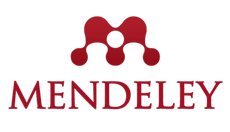Respon Imun Bawaan18β-Glycyrrhetinic Acid(GRA) sebagai Imunomodulator dalam Leishmaniasis
DOI:
https://doi.org/10.29303/jk.v8i4.4580Keywords:
Leishmaniasis, 18β-GlycyrrhetinicAcid(GRA), imunitasbawaanAbstract
Leishmaniasis merupakan suatu penyakit akibat infeksi parasit genus Leishmania melalui gigitan lalat pasir betina yang mengakibatkan penurunan sistem imun tubuh. Kasus Leishmaniasis setiap tahun sebesar 2.000.000 kasus. Review jurnal ini bertujuan untuk mengilustrasikan gambaran mengenai mekanisme 18β-Glycyrrhetinic Acid (GRA) sebagai antileishmaniasis. GRA dari akar manis memiliki aktivitas sebagai imunomodulator pada Leishmaniasis. Metode yang digunakan berupa telaah literatur ilmiah baik dalam data base elektronik dari tahun1990 hingga 2009 (NCBI,Google Cendekia,Google Search) maupun buku dengan kata kunci Leishmaniasis, 18β-Glycyrrhetinic Acid, imunitas bawaan,sitokin dan mekanisme GRA sebagai antileishmaniasis. GRA dari akar manis sebagai imunomodulator berpotensi menjadi agen antileishmaniasis. Mekanisme kerja GRA yaitu berperan dalam produksi sitokin proinflamasi (IL-12, TNF-α, IFN-γ) dan NO untuk membantu stimulasi makrofag.Pada imunitas bawaan seluler terjadi aktivasi jalur NFkB dan MAPK oleh senyawa GRA sehingga mampu memproduksi sitokin proinflamasi.Pada imunitas bawaan seluler, Lipofosfoglikan menyebabkan infeksi MFs sehingga terjadi penghambatan produksi NO, tetapi GRA memproduksi metabolit oksidatif berupa NO yang menghambat kerja Lipofosfoglikan sehingga antigen yang terikat reseptor sel B akan mengaktivasi komplemen untuk membantu opsonisasi. Aktivitas imunomodulator GRA pada kedua lengan imunitas bawaan diperoleh dengan aktivasi jalur NFkB yang berkorelasi dengan peningkatan aktivasi MAPK sehingga sitokin proinflamasi dan NO dapat diproduksi dalam Leishmaniasis.
Downloads
Published
Issue
Section
License
Authors who publish with Unram Medical Journal, agree to the following terms:
- Authors retain copyright and grant the journal right of first publication with the work simultaneously licensed under a Creative Commons Attribution 4.0 International License (CC-BY License). This license allows authors to use all articles, data sets, graphics, and appendices in data mining applications, search engines, websites, blogs, and other platforms by providing an appropriate reference. The journal allows the author(s) to hold the copyright without restrictions and will retain publishing rights without restrictions.
- Authors are able to enter into separate, additional contractual arrangements for the non-exclusive distribution of the journal's published version of the work (e.g., post it to an institutional repository or publish it in a book), with an acknowledgment of its initial publication in University of Mataram's Journal of Medicine.
- Authors are permitted and encouraged to post their work online (e.g., in institutional repositories or on their website) prior to and during the submission process, as it can lead to productive exchanges, as well as earlier and greater citation of published work (See The Effect of Open Access).
- This journal is open access journal which means that all content is freely available without charge to users or / institution. Users are allowed to read, download, copy, distribute, print, search, or link to full text articles in this journal without asking prior permission from the publisher or author.






